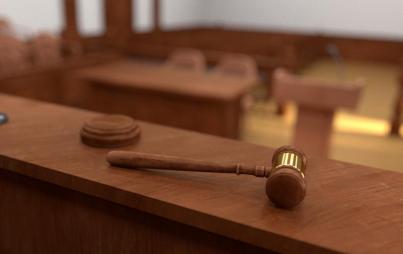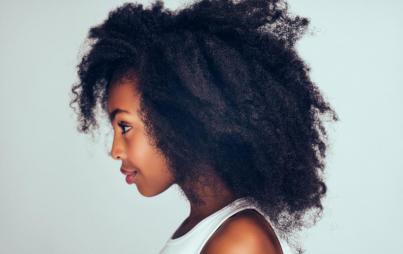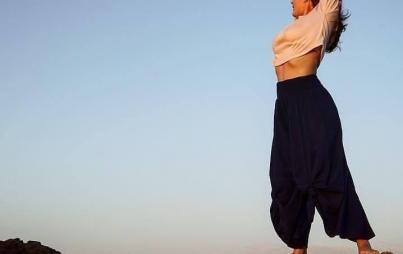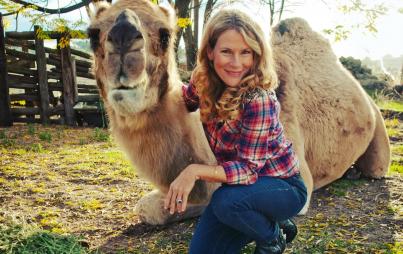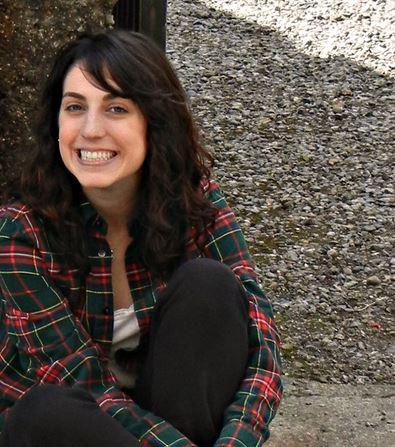
This is a guest post by Rebeka Burns, former facilitator for ArtSpring, a multi-disciplinary arts program featuring dance, writing, theater and music workshops. Read more stories as part of Ravishly's special Conversation series on women in prison here.
Images are of artwork created by the prisoners.
Facilitating art workshops in two maximum-security women's prisons in South Florida, I had the strange and somewhat rare privilege to float between the worlds of inside and out. Somewhere between the "powerful"—the key-carrying, rule-enforcing officers in sturdy brown uniform—and the "powerless"—the number-wearing, forbidden-from-touching inmates in slouchy blue—stood I.
It was a position of tenuous freedom, the chance to open up and witness the creation of striking and intimate works of art in an atmosphere of impressive and ever-growing self-knowledge and trust, punctuated by jarring moments of dehumanization, like when the women in my class halted their work each week at a moment's notice to line up and be counted.
I experienced prison as a haphazard collage of structure and chaos, a place of in-between. When I began facilitating prison arts workshops, I knew that art could help people (it had helped me), but I didn't know what kind of help incarcerated women were seeking. I knew about making art but not what it was like to be incarcerated, or be a mother, or be older than 22. Somewhere between what I knew and didn't and what I learned together with the women in my workshops emerged the truth—that answers come through creation, not before them, and that the hardest questions to answer—like how to find beauty in yourself or a tube of paint, even in prison—are the most worth asking.
In the prisons where I worked, official memoranda stated what art supplies could enter. Bright yellow lines indicated where inmates could walk, always single file, when "movement" was called at the same time each day. Everyone knew their place . . .
Except for when they didn't.
An altercation in one dorm area and the surgically precise daily schedule dissolved in a moment, delaying mealtimes and canceling educational programs. Rules laid out precisely how women were to behave, but none gave any indication of how they were to survive, lest grow.
Arts programming in prisons affords incarcerated women space to give form to and make meaning of these contradictions. It acknowledges that the world and human experience—for victims, perpetrators, corrections officers and loved ones left behind—exist in shades of gray and every other color on the spectrum. Through art-making, women are able to: take control of their own decision-making, synthesize and reflect on past experiences and future goals, release pent-up emotions, establish supportive social connections, cultivate the ability to communicate ideas, and explore or build on their sense of identity as a learner, artist and woman.
In making art side-by-side, women become more human to one another. In showing and discussing their work in common spaces in the prison, they encourage other women to see the hundreds of inmates around them as human, too. The line between "powerful" and "powerless" blurs. When members of the non-prison community are invited to witness this work, audiences discard blindly held prejudices of what a woman in prison is. They pass back through the cinder block and barbed wire full of joy, anger and questions—the kinds of questions that can pave the way for a more just justice system.


